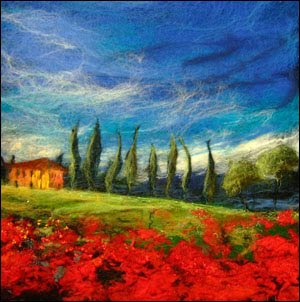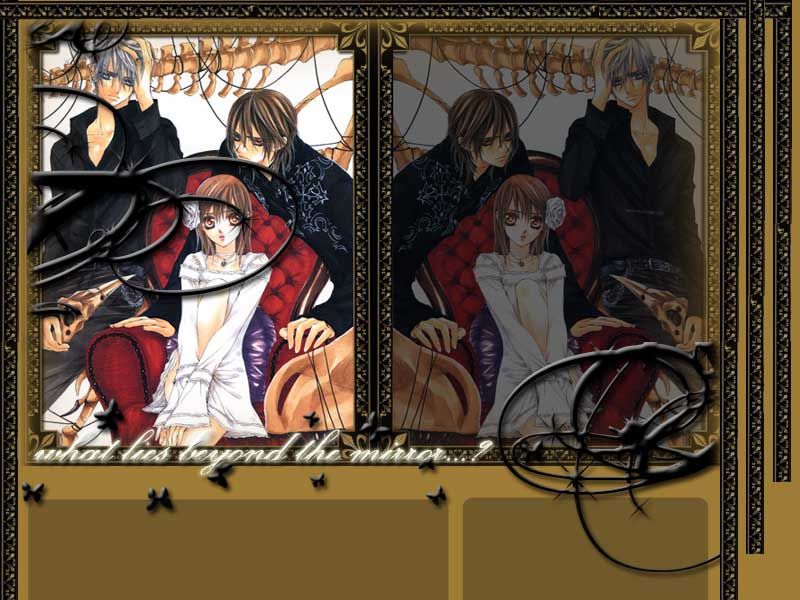Sunday, April 25, 2010





Impressionism was a 19th-century art movement that began as a loose association of Paris-based artists whose independent exhibitions brought them to prominence in the 1870s and 1880s. The name of the movement is derived from the title of a Claude Monet work, Impression, Sunrise (Impression, soleil levant), which provoked the critic Louis Leroy to coin the term in a satiric review published in Le Charivari.
Characteristics of Impressionist paintings include visible brush strokes, open composition, emphasis on light in its changing qualities (often accentuating the effects of the passage of time), ordinary subject matter, the inclusion of movement as a crucial element of human perception and experience, and unusual visual angles. The emergence of Impressionism in the visual arts was soon followed by analogous movements in other media which became known as Impressionist music and Impressionist literature.
Impressionism also describes art created in this style, but outside of the late 19th century time period.
· Short, thick strokes of paint are used to quickly capture the essence of the subject, rather than its details. The paint is often applied impasto.
· Colours are applied side-by-side with as little mixing as possible, creating a vibrant surface. The optical mixing of colours occurs in the eye of the viewer.
· Grays and dark tones are produced by mixing complementary colours. In pure Impressionism the use of black paint is avoided.
· Wet paint is placed into wet paint without waiting for successive applications to dry, producing softer edges and an intermingling of colour.
· Painting in the evening to get effets de soir - the shadowy effects of the light in the evening or twilight.
· Impressionist paintings do not exploit the transparency of thin paint films (glazes) which earlier artists built up carefully to produce effects. The surface of an Impressionist painting is typically opaque.
· The play of natural light is emphasized. Close attention is paid to the reflection of colours from object to object.
· In paintings made en plein air (outdoors), shadows are boldly painted with the blue of the sky as it is reflected onto surfaces, giving a sense of freshness and openness that was not captured in painting previously. (Blue shadows on snow inspired the technique.)
Characteristics of Impressionist paintings include visible brush strokes, open composition, emphasis on light in its changing qualities (often accentuating the effects of the passage of time), ordinary subject matter, the inclusion of movement as a crucial element of human perception and experience, and unusual visual angles. The emergence of Impressionism in the visual arts was soon followed by analogous movements in other media which became known as Impressionist music and Impressionist literature.
Impressionism also describes art created in this style, but outside of the late 19th century time period.
· Short, thick strokes of paint are used to quickly capture the essence of the subject, rather than its details. The paint is often applied impasto.
· Colours are applied side-by-side with as little mixing as possible, creating a vibrant surface. The optical mixing of colours occurs in the eye of the viewer.
· Grays and dark tones are produced by mixing complementary colours. In pure Impressionism the use of black paint is avoided.
· Wet paint is placed into wet paint without waiting for successive applications to dry, producing softer edges and an intermingling of colour.
· Painting in the evening to get effets de soir - the shadowy effects of the light in the evening or twilight.
· Impressionist paintings do not exploit the transparency of thin paint films (glazes) which earlier artists built up carefully to produce effects. The surface of an Impressionist painting is typically opaque.
· The play of natural light is emphasized. Close attention is paid to the reflection of colours from object to object.
· In paintings made en plein air (outdoors), shadows are boldly painted with the blue of the sky as it is reflected onto surfaces, giving a sense of freshness and openness that was not captured in painting previously. (Blue shadows on snow inspired the technique.)
Taken from google.com and wikipedia.com
Done by Siaw Chishuen of class 2e3
Done by Siaw Chishuen of class 2e3
